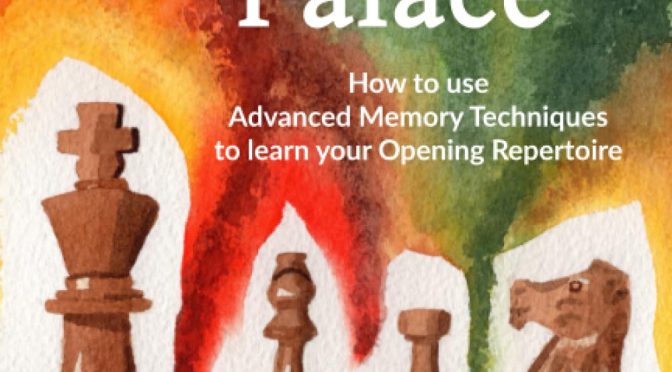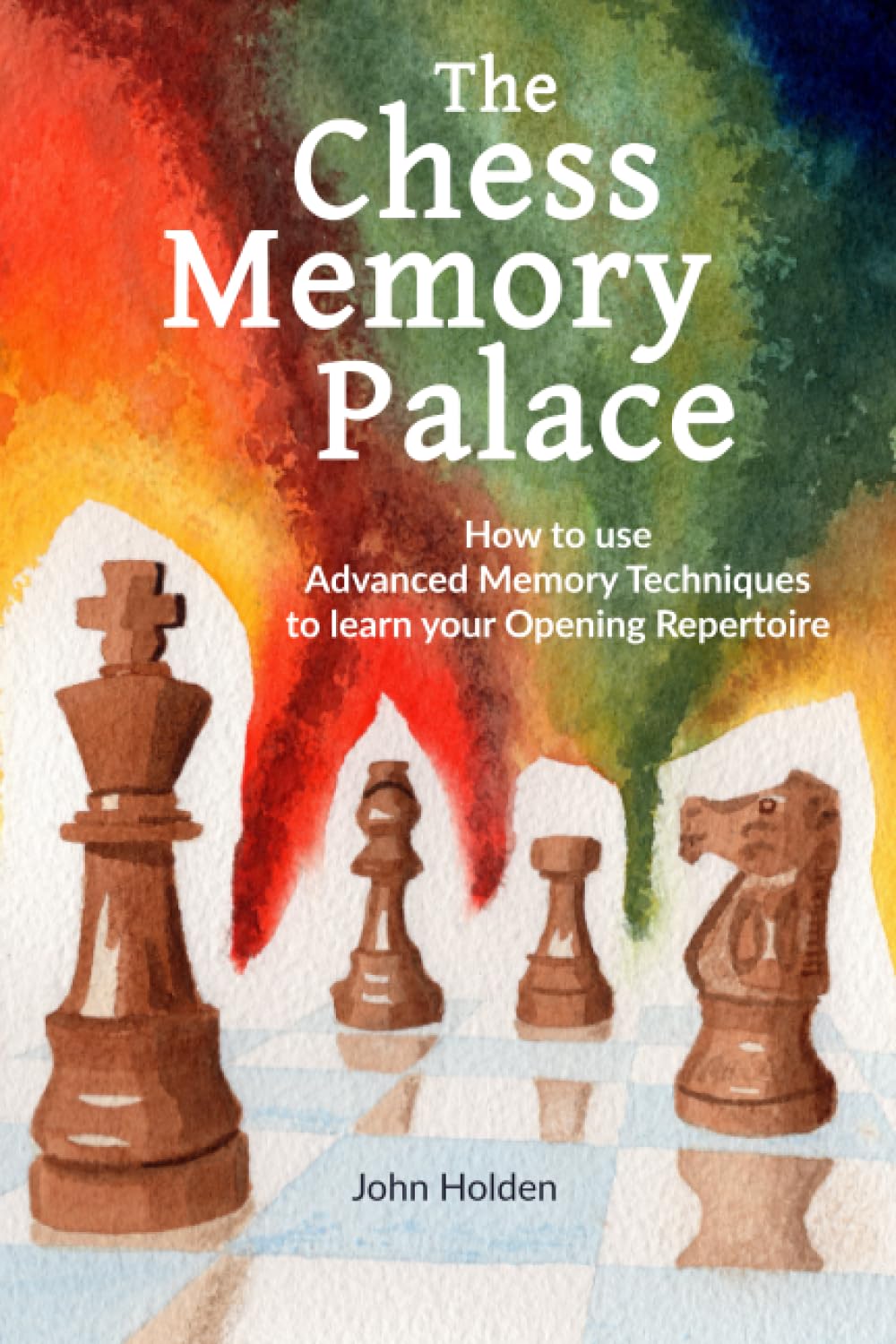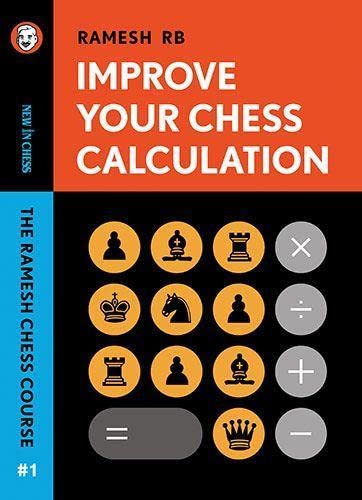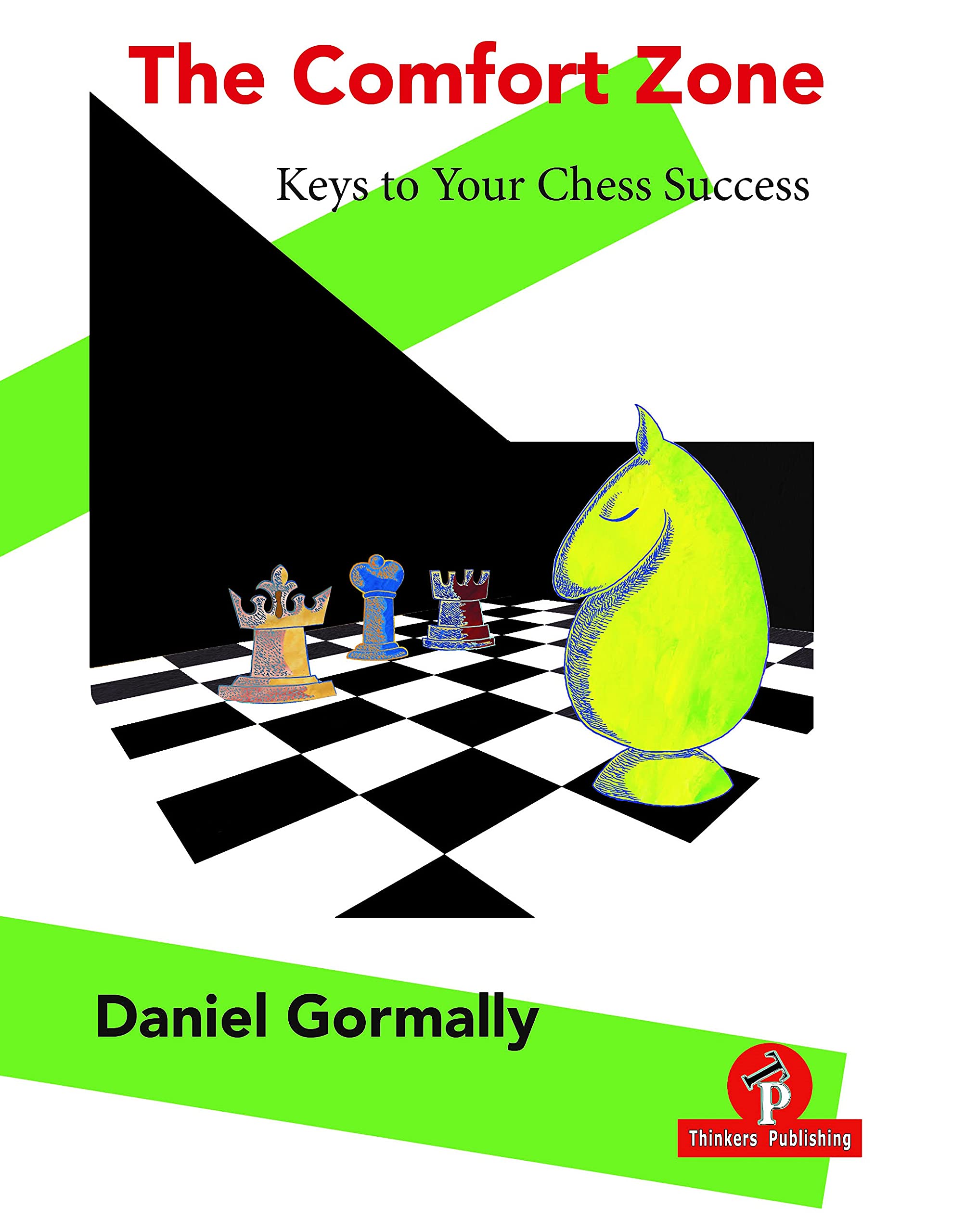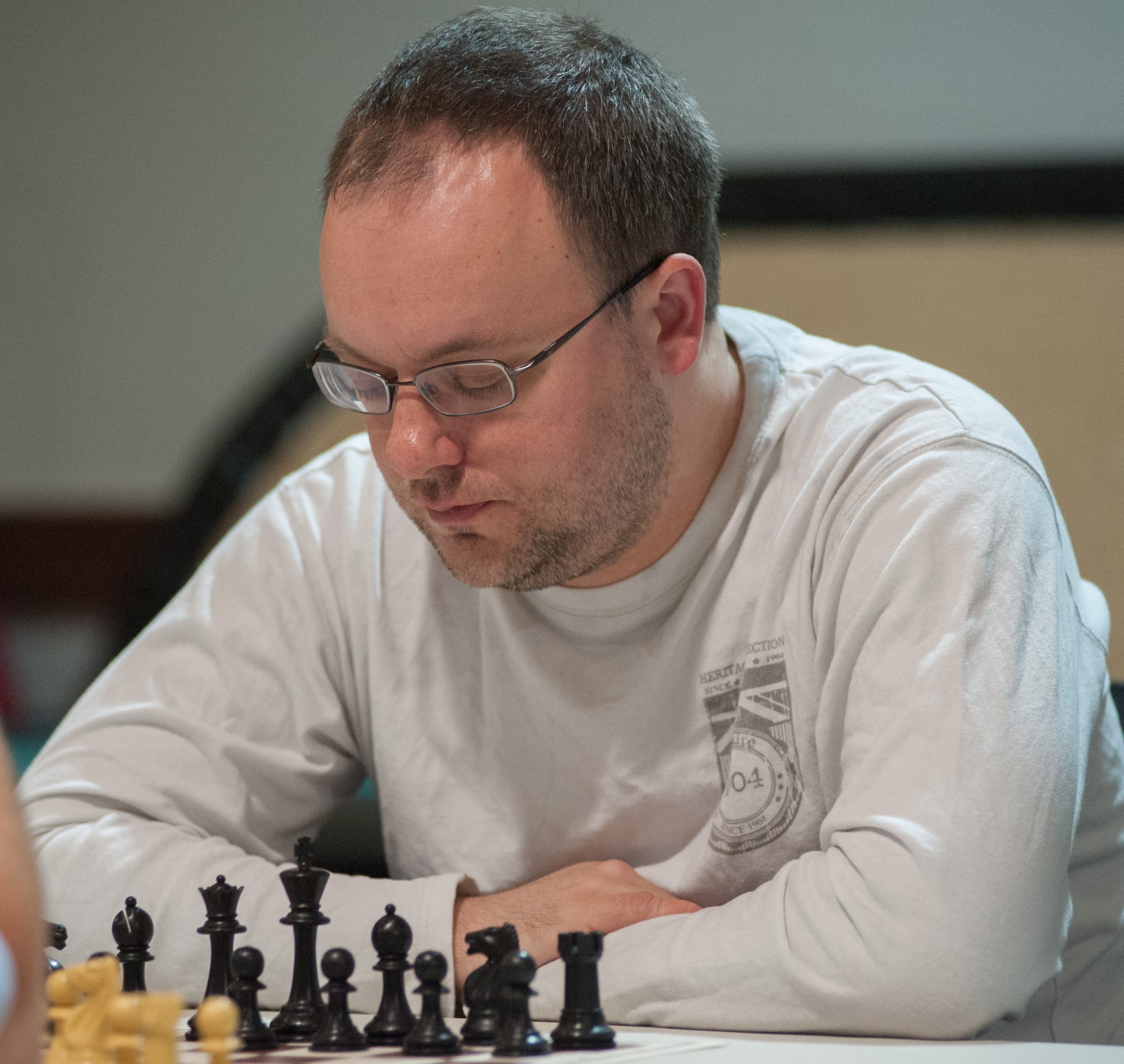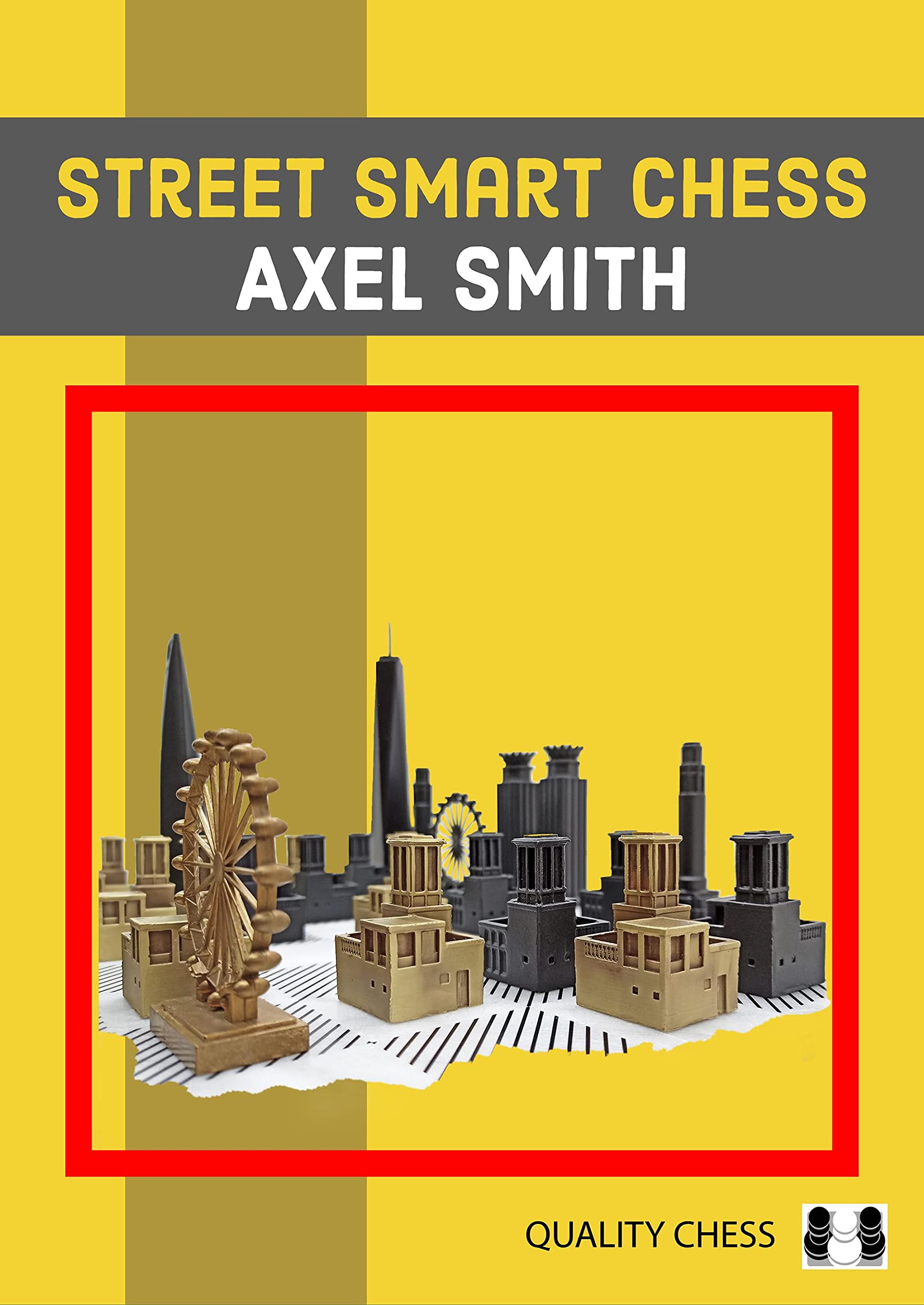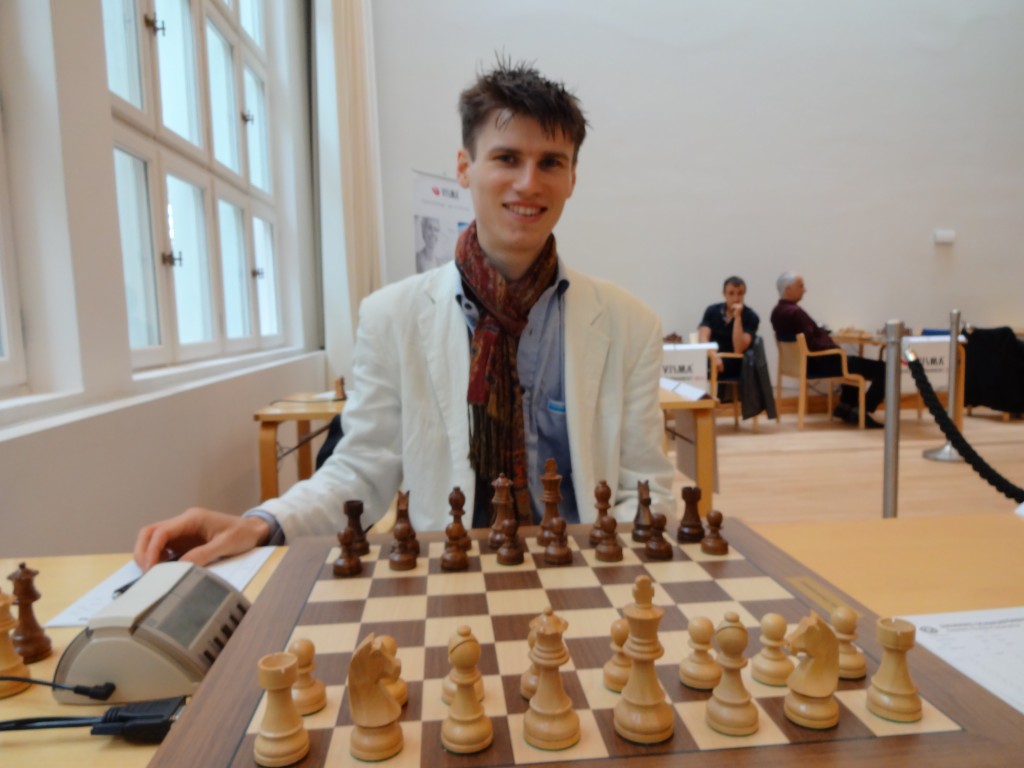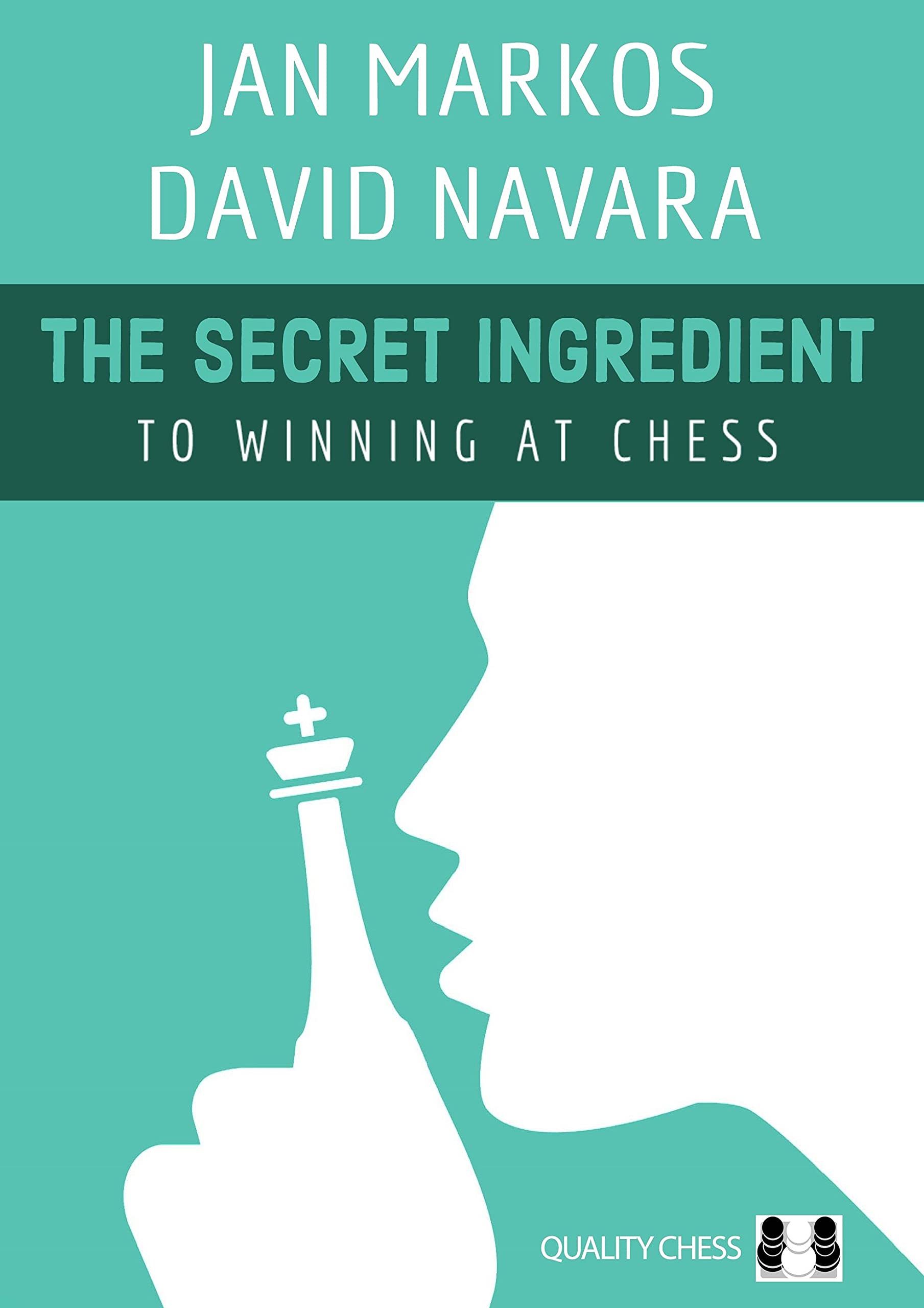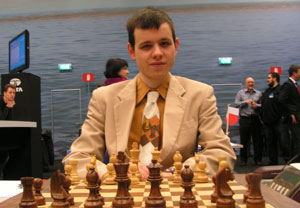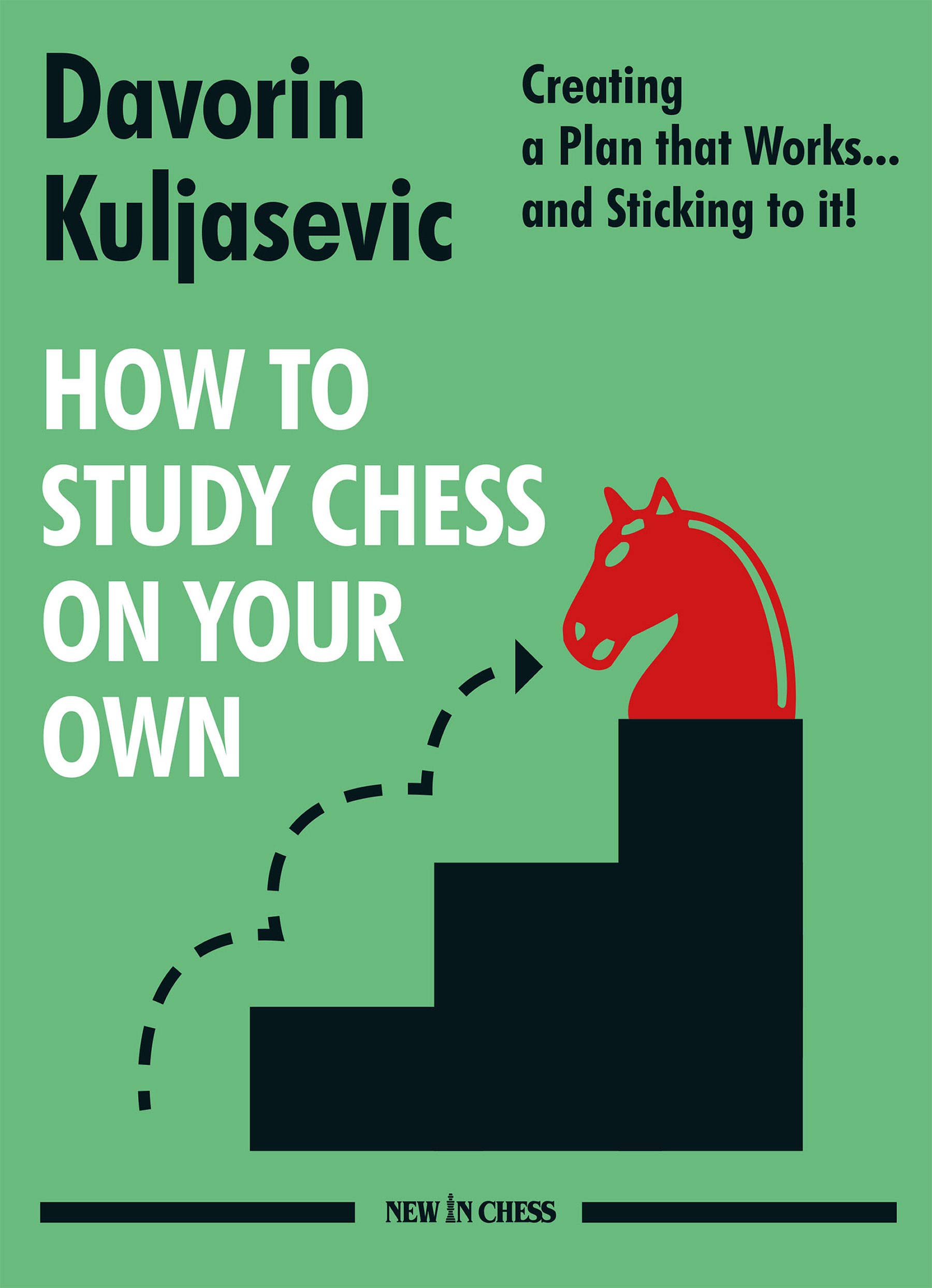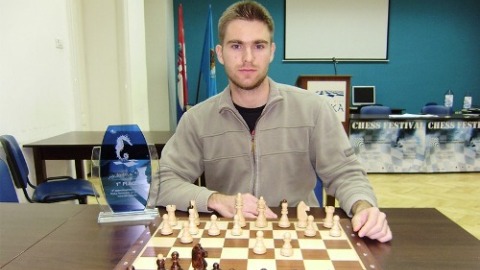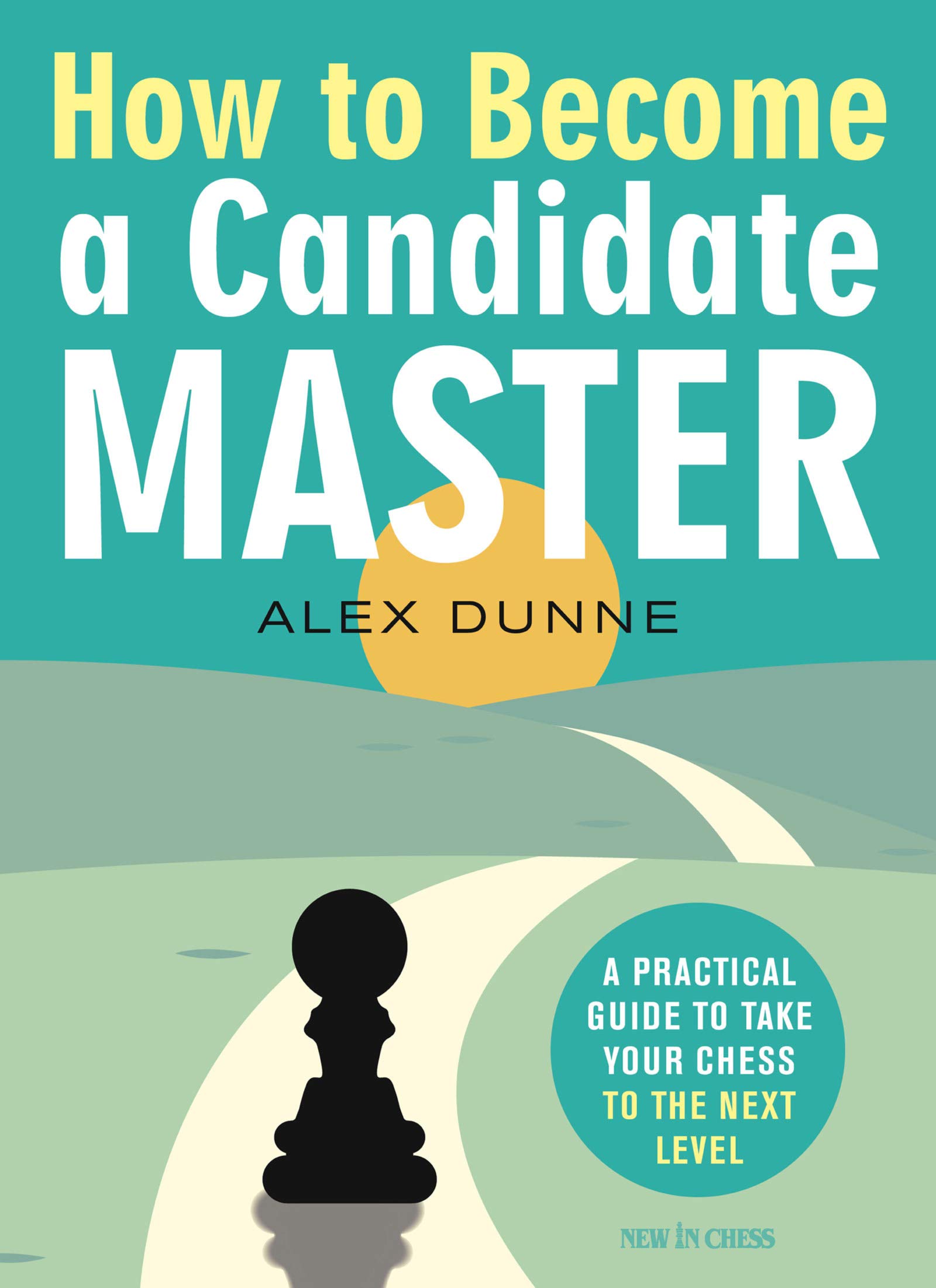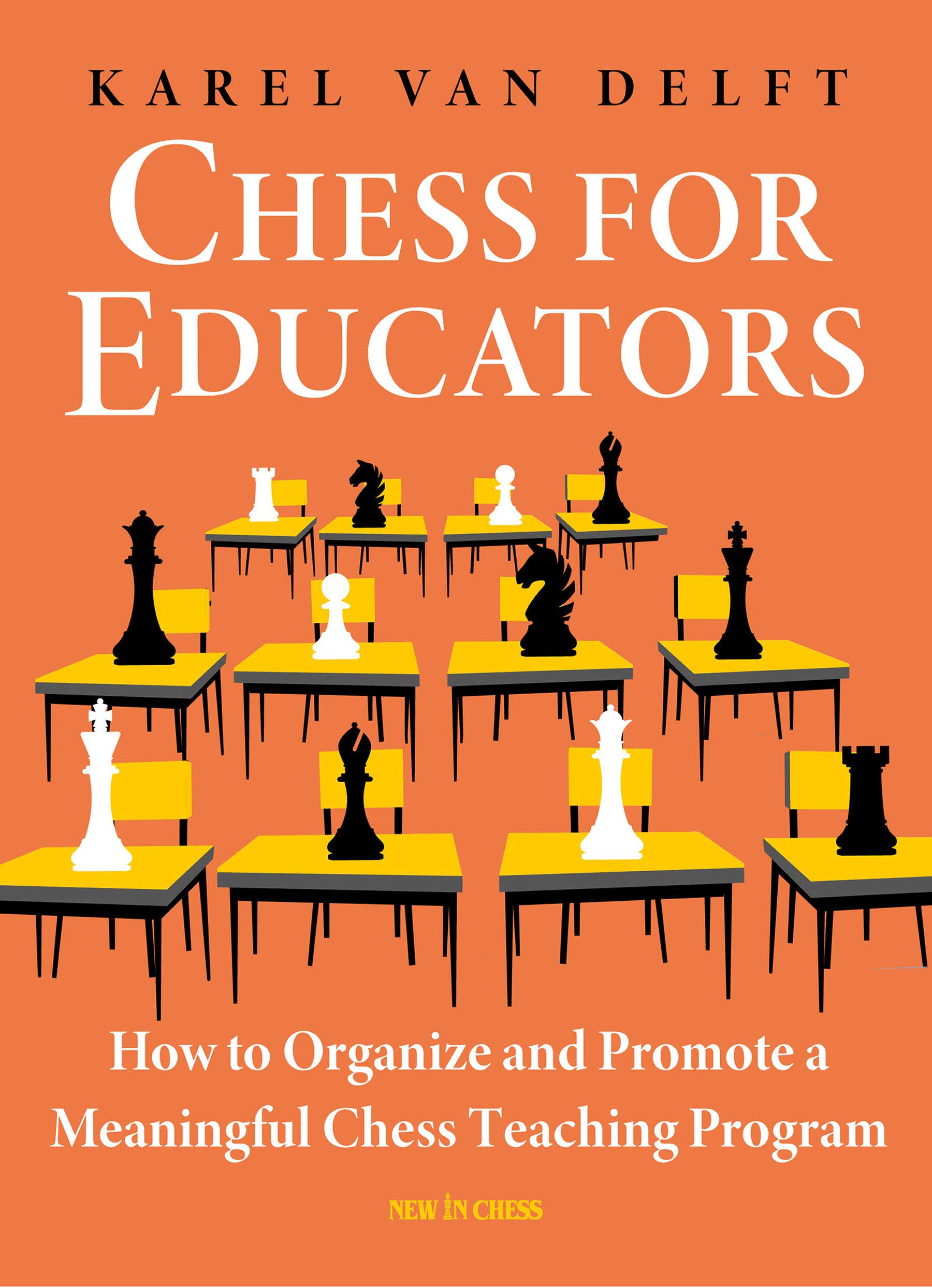Here is the publishers blurb from the rear cover:
“Are you a parent of a junior chess player who feels that because you don’t know how to play chess, you can’t help your child? Or are you an adult or junior chess player who has taken private chess lessons for years, but feels you haven’t been progressing? In both cases, there can be a lot of reliance on a chess coach who has been given free rein with lesson content and direction. They probably have some sort of plan but it is likely to be a plan used for all their students. This is not ideal.
More important is a well-thought out, individualized plan, that focuses on a specific player’s unique strengths and weaknesses. Formulating such a plan is crucial for making improvements. Victoria Doknjas and her son John Doknjas are an ideal writing partnership to tackle this topic. John is a FIDE Master who has already established himself as an excellent and highly-respected author who understands the improvement process very well. Victoria has over a decade of experience navigating the competitive chess arena with her three master-level sons, including also running her own chess academy. Together they offer a unique and informative insight to those wanting to get more out of their chess studies, as well as presenting practical advice in areas including:
* Identifying important goals and how to work towards them.
* Understanding how to objectively analyse your games.
*Maximising the efficiency of software and engines for learning.
Reading this book can broaden your horizons in the essential areas of chess study, and ideally let you better evaluate what your chess coach is teaching you. And if you don’t have a chess coach, this book will provide you with an excellent foundation for serious chess study.”
and about the authors:
John Doknjas is a FIDE Master who has won several strong tournaments in British Columbia, Canada, including the Grand Pacific Open. John is a chess teacher with over eight years of experience and is a highly respected author. Victoria Doknjas has over a decade of experience navigating the competitive chess arena, including also running her own chess academy.
As with every recent Everyman Chess publication high quality paper is used and the printing is clear. Each diagram is clear as is the instructional text. Figurine algebraic notation is used throughout and the diagrams are placed adjacent to the relevant text.
Before we begin, here is a sample
A rather provocative title, I think. Here are two chess coaches telling you what chess coaches (presumably apart from them) don’t tell you. You can read their introduction in the sample linked to above.
As I have a rather large pile of books still to review and much else to do I hope you’ll excuse me being rather less detailed than in the past.
Of course there’s a big difference between coaching players with, say, ratings of 0, 500, 1000, 1500, 2000 and 2500. Or between coaching players aged, say, 5, 10, 15, 20 or 25, not to mention 50 or 95. Or between coaching players who have, say, 5 hours a day, 1 hour a day or 1 hour a week to devote to chess.
I can summarise the chapters fairly quickly.
Chapter 1 (3 pages): Working Hard with a Set Purpose. Or, if you like, Deliberate Practice.
Chapter 2 (5 pages): Defining Goals and Developing a Plan to Achieve Them. All great in principle, but the problem is that, for most of us, life (work, studies, family or whatever) usually tends to get in the way.
Now we move on to the meat of the book.
Chapter 3 (57 pages): Analyzing Your Games.
The authors recommend that when you’ve played a game you enter it into your database (without having an engine on), annotate it with specific reference to the critical moments, write down what you learnt from the game, and only then look at it using an engine and/or show it to your coach.
You’re provided with three exercises: one game by each of the authors and a grandmaster game, each of which is presented five times: without annotations, with the possible critical moments highlighted, with some variations at the critical moments, with further explanations at the critical moments, and finally with engine-based analysis.
With jumbo sized diagrams used liberally, this takes up a lot of space for a lot of repetition.
Here’s the GM game: you might want to see how you get on. Click on any move for a pop-up window.
Analysing a Karpov game would, I’m sure, be a good exercise for a 2000+ player, but it would be pretty hard for a 1500 player and futile for a 1000 player. We’re perhaps looking at this point at a book for very strong and ambitious players, along with their parents and coaches.
This level seems to be continued in Chapter 4: Creating an Opening Database (30 pages). Using as an example the closed Italian Game (with c3 and d3) for White, the authors show you how you might go about this using ChessBase.
When we’re trying to find moves for our opponent to use in our opening repertoire, we should try to find the most popular moves (since these are what we’re most likely to face in a game). However, when we’re trying to find a move to play ourselves, often it’s useful to choose a rare move over a popular move (as long as the engine is fine with it).
Again, this sounds like excellent advice for, say a 2000 player.
Moving on, then.
Chapter 5 clocks in at a chunky 85 pages on Will to Win: Essential Endgames. All reputable chess coaches will agree that Essential Endgames are, well, essential.
But here we’re taught how to play baby positions like this…
.. which is one of the first lessons I give beginners, followed by pages on RP v R (Philidor, Lucena) and Q v P on the 7th rank, again material more suited to 1000 players than 2000 players.
This all left me rather confused as to the purpose and target market of the book.
We’re still in endgame territory in Chapter 6, Tactics and Studies (32 pages). As well as solving tactics puzzles online the authors recommend, like most chess coaches these days, solving endgame studies. They present five rather difficult studies here, much more suited to 2000 rather than 1000 strength players.
This one, unlike some of their other choices, has a short solution.
White to play and draw (Jan Timman 1981)
The main line runs 1. Nd2 Bf7 2. Kg5 Ng2 3. Nf3 Kf8 4. Ne5 Kg7 5. Nxg6 Bxg6 with stalemate.
Chapter 7 is Slowing Down (another 32 pages). Good advice for novices, yes, but do you need to tell experienced players to slow down? We seem to be back with advice for 1000 players now, telling you to play more slowly and consider basic principles (control the centre squares, develop your pieces etc). We then have a few exercises where you have to use basic principles to find the best plan in some GM games.
The final long chapter, Chapter 8 (88 pages), is on Training Games. I was very pleased to see this chapter as I consider training games to be an invaluable method of improving your chess which is often ignored. We’re first advised to play training games against stronger players if we can. We’re then given 41 positions which can be played out against a training partner or a computer. These range from typical opening positions, through a variety of middlegame positions through to endings. Each of the positions is then repeated along with the game continuation and some analysis, explaining the length of the chapter.
Chapter 9 (22 pages) covers the important topic of To Exchange or not to Exchange in rather perfunctory fashion: a brief introduction followed by four examples including games from Kasparov and Karpov.
Finally, Chapter 10 (12 pages) gives you some FAQs for Parents or Those New to Competitive Chess – useful, I suppose, but parents and adult newcomers will have rather different questions, and some of the answers are USA/Canada-centric, which may not be helpful for UK readers.
What to make of this book, then?
The question I always ask is whether the publishers commissioned the book, or whether the authors wrote it and submitted it on spec. Perhaps the former, although I may be wrong. It’s clear that the authors are great chess coaches and the book is full of excellent ideas and advice, some of which is not readily available elsewhere. But it doesn’t seem coherent to me, though, switching between advice tailored for budding masters and instruction more suitable for novices. There was, for my taste, rather too much analysis of fairly random examples, and the layout, with the very large diagrams favoured by this publisher, could have been more economical.
While I get that the chess book market, unless your name is Levy Rozman, is relatively small, and publishers want their books to appeal to as wide a range of readers as possible, trying to please everyone at the same time results in a book which will only be useful in parts for most purchasers. A more proactive approach from the publishers to produce a book with a more specific target market could easily have resulting in something half the size and twice as useful (which would perhaps have sold half as many copies).
Although I can only recommend the book with reservations, you might find it fills a gap in the market and at least some of the material will give you some fresh ideas about how to improve your, or your students’ rating.
And, if you’re interested in publishing a book about what chess coaches don’t tell parents of kids rated under 1000, I know just the person to write it.
Richard James, Twickenham 11th July 2024

Book Details :
- Paperback: 384 pages
- Publisher: Everyman Chess (10 July 2023)
- Language: English
- ISBN-10: 178194654X
- ISBN-13: 978-1781946541
- Product Dimensions: 17.25 x 2.16 x 23.37 cm
Official web site of Everyman Chess
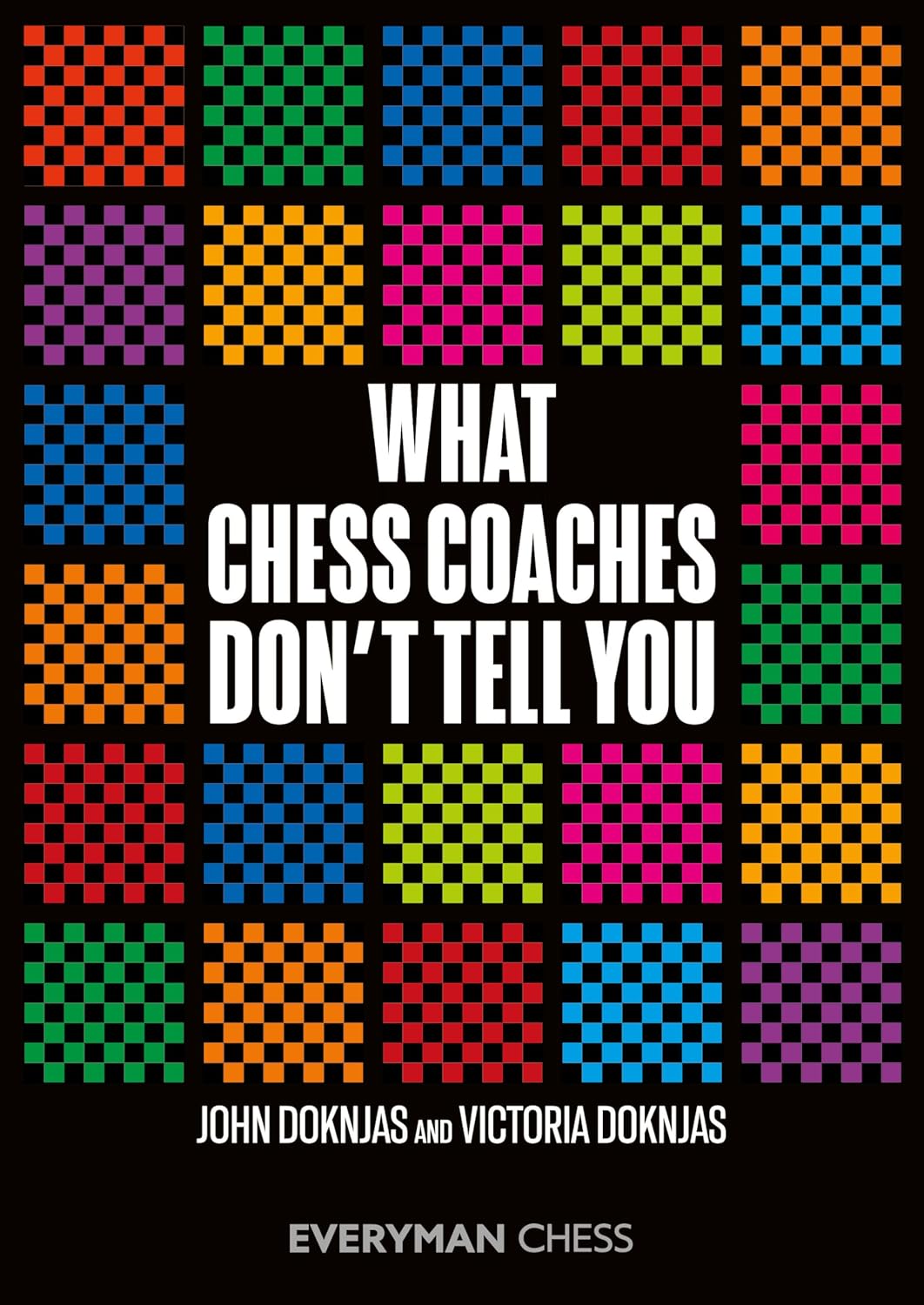
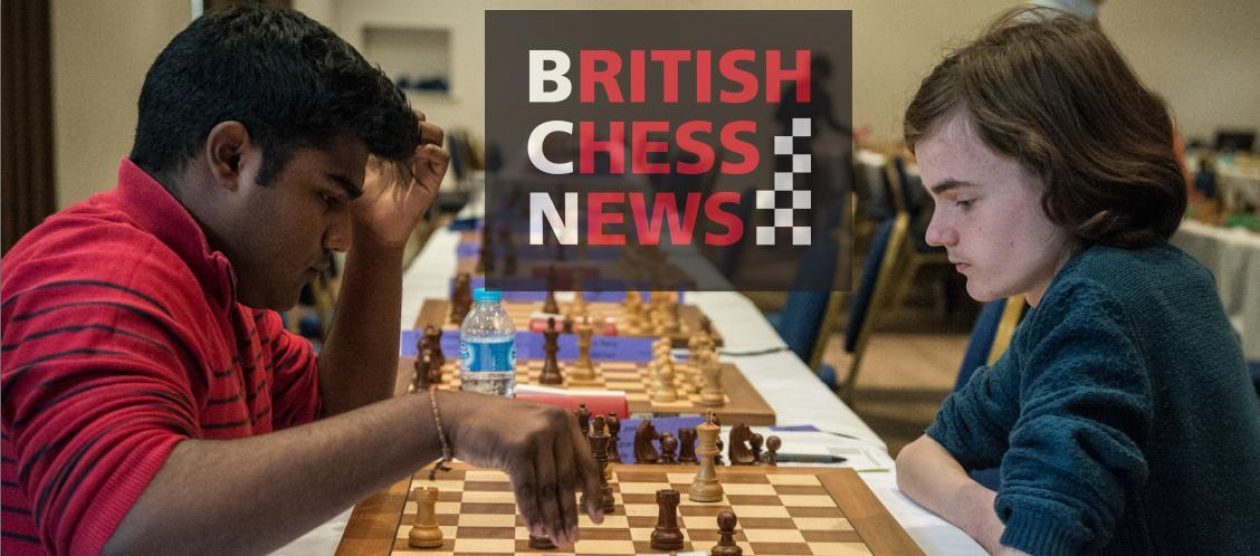
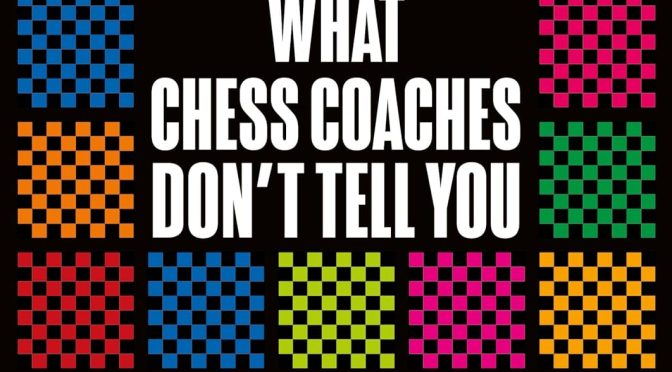
 This is the starter book (0-500 range) explaining what a game of chess is really about. If you just want to learn the basics, this is for you.
This is the starter book (0-500 range) explaining what a game of chess is really about. If you just want to learn the basics, this is for you.





